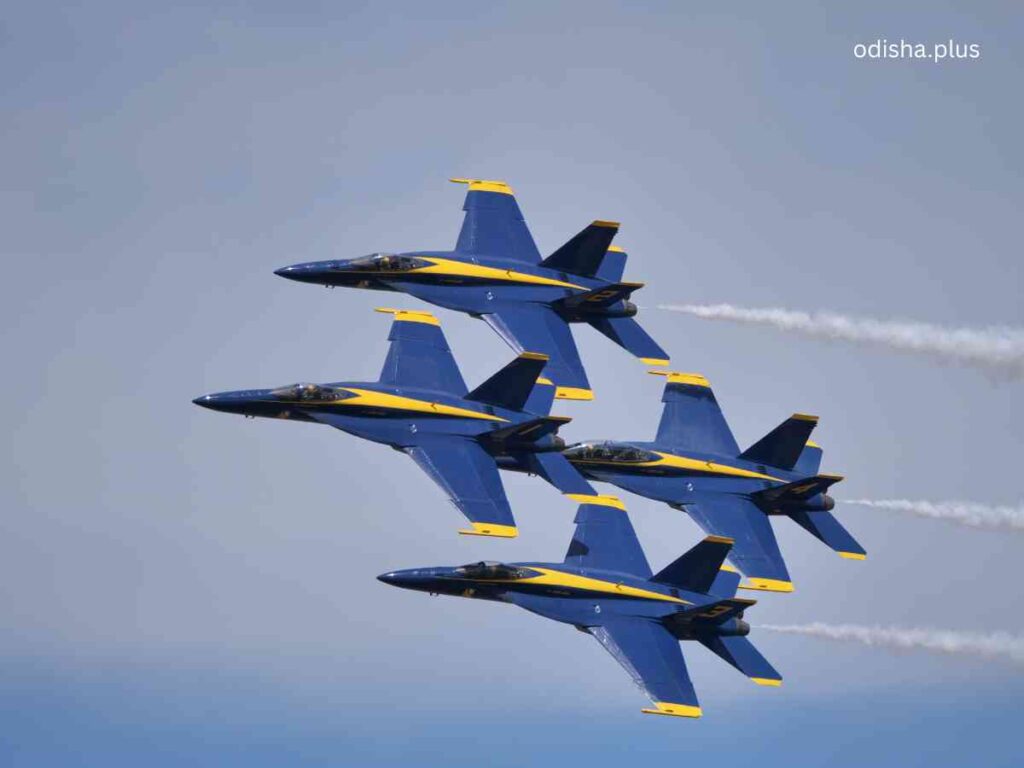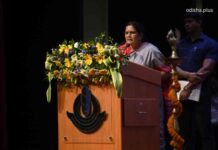The ongoing India-Pakistan skirmish has revealed critical insights into military strategies, losses, and technological advancements. With international intervention pausing escalation, India’s next moves focus on destabilizing Pakistan’s military influence through strategic countermeasures
Dr Ashok Singha

Both India and Pakistan may have been authenticating the loss of Rafale and five other aircraft in the ongoing conflict with Pakistan. In the briefing, Air Marshal Bharti gave two important pieces of information: one, all our pilots are safe back home, and two, neither the Pakistani nor the Indian air force crossed the LoC.
Let’s assume he is lying and India sent Rafale across. Then it was destroyed. Knowing Pakistan, they would have displayed it to the whole world, paraded the bodies of dead or alive pilots. Assuming it got destroyed within our territory, our nosy media would have done so. Nothing has been found. He also hinted that losses are there in these kinds of skirmishes important is that the objective has been achieved.
The loss has been to personnel, as of now we have 8 fallen heroes, 2 from airforce and the ranks from the Air Force seem to be the ones on ground duty at bases. Which means some bases were hit along with personnel and assets. Air defence seems to be intact as the S400 performed brilliantly. So also indigenous Aakash systems, remember this is just the 1st generation of Aakash. Brahmos missile seamlessly worked with Sukhoi and was the game changer in this skirmish.
So, Narendra Modi’s Atma Nirbhar Bharat has delivered. This certainly worries Arms Bazar both in the West and in China. Military technology takes inputs from the war to further improve and sell. But misinformation about the Rafale comparison between Dassault and General Dynamics is part of that game. Back home, it is more political, not technical, as Congress was against Rafale, so it directly hits them. Remember, Bofors was criticised too, yet it delivered during Kargil.
Now he has questions about the objective. The armed forces are given an objective, and they plan the strategy and tactics in a democracy in India. Now, PM Narendra Modi had given a hint, mitti me miladenge, and we will go after perpetrators and planners. If this is the objective, honestly, it is partially achieved due to cease ceasefire. While terror infrastructure and leadership are hit, there are still many leaders protected by the Pakistani Army.
About planner and perpetrator, Asim Munir is still calling the shots, and even if he goes, many hotheads are there in the Pak Army as their existence depends on war mongering with India. Now, if India decides to go high in the escalation ladder to break Pakistan, it is proven that they have the capability, but it was clear that Pak has every likelihood of using the nuclear option, not as blackmail, but that’s the only option they have against a much superior India – in all respects.
When India hit symbolically the Chaklala Kahuta axis (before that, Pakistan attempted to hit Pokhran ) and the nuclear command nerve centre, the global powers intervened; they trusted India, but not Pakistan. It also meant that with a leader like Modi, the misadventure by Pakistan will lead to its complete annihilation, no half measures, and that will completely throw the region off balance and affect one and all with colossal loss to human life, biodiversity, and other unimagined consequences.
The pause button was not only used by Donald J. Trump but by 23 other countries, prominent being Saudi Arabia, the UK, and even Afghanistan. Now, what is the choice? A terror attack will continue whether you call it a war or otherwise. Their infrastructure is not a few madrasas that we hit, it’s the Pak Army, their weapons, their staging area, their training, communication types of equipment, even commandos and think tanks. Since India can’t eliminate an army of a country, what can it do?
The objective is to make them unpopular, leading to massive civil unrest. How do you make them unpopular? Impose a cost on civilians. In the current scenario, keep forces forward deployed so that they also stay, and their staying power is limited. If they withdraw, occupy vantage points like Haiji Pir pass or other such areas, and push them to escalation, water strike continues so that in the medium term, the Punjabi-dominated elite suffer hits to the army enterprises, especially the ones run by their families with ill-gotten money from Pakistani citizens.
Test international institutions whether they accept Pakistan as a FATF grey list case, or else directly support Baloch and Sind insurgents with the help of friendly nations. Throughout, I am using the term skirmish as it is well below a limited war like Kargil.
( Dr Ashok Singha is a serial entrepreneur. He was the founder of Ctran and a former partner at EY. His areas are public policy, governance and climate change. Views expressed are personal.)

























